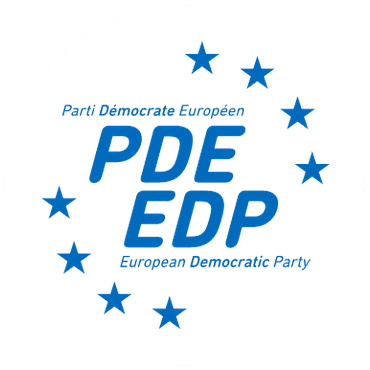
REGIONAL PROGRESS AND PROSPERITY

The European Union’s Cohesion Policy is a powerful and fundamental tool for combating regional disparities. Through our regional investment strategy, we want to strengthen economic, social and regional cohesion across Europe.
Our commitment has already been reflected in creating a network of European democratic mayors. And, thanks to the “EU Councillors” network that our Renew Europe group supports within the Committee of the Regions, we will continue to mobilise our efforts to bring Europe closer to its citizens.
To speed up this cohesion policy, we will be focusing on three key objectives:
• Remove obstacles to cross-border cooperation
• Reduce regional disparities
• Promote harmonious economic growth
Today, 150 million cross-border citizens reside within the European Union’s borders and face daily bureaucratic obstacles that limit their ability to take full advantage of the EU’s opportunities for development and cooperation. We will therefore fully support the BRIDGE-EU (Border Regency Initiative for Development and Growth in Europe) programme.
With this in mind, our approach will consist of supporting tangible regional initiatives to combat climate change and preserve our environment. We will provide local councillors with the means to create user-friendly spaces in cities and villages. Our approach will include, for example, promoting pedestrian areas, increasing bicycle sharing and developing cycle paths to bring communities closer together.
Expanding and improving public transport networks in urban, rural and outermost areas will also be essential. We will work to improve intermodality to facilitate cross-border travel. By developing efficient and well-connected transport infrastructure, we will simplify citizens’ journeys and promote economic integration. This approach will facilitate exchanges, strengthen trade relations and support tourism development.
The Committee of the Regions needs the necessary resources to develop from a simple advisory body to a communicative player. We want it to become capable of assessing the regional impact of European legislation on the regions and supporting EU legislators in applying the “do no harm to EU cohesion” principle.
Our commitment will also include simplifying the EU funding process by reducing bureaucracy to enable regional and local authorities to quickly implement sustainable projects such as digital infrastructure, public spaces and economic development initiatives.

Priority Actions
OPPORTUNITIES
- Implement the BRIDGE-EU (Border Regency Initiative for Development and Growth in Europe) programme and promote macro-regions.
- Encourage the exchange of local good practices at the European Union level, provide concrete evidence to European Union decision-makers, and use artificial intelligence to facilitate access to European funds.
- Support the development of the European Committee of the Regions’ “EU Councillors” network, which can help strengthen the connection between the Union and its citizens.
INFRASTRUCTURE
- Improve intermodality to facilitate cross-border travel, and introduce in the Revision of the Schengen Borders Code the obligation for States to carry out and examine impact studies on trade and relations in cross-border areas before taking any decision on the reintroduction of controls.
- Defend the mission of Cohesion Policy to ensure that it is not jeopardised by the redirection of funds to crisis management.
- Facilitate regional and local authorities’ access to European Union funding by, for example, reducing or eliminating national bureaucracy in the EU funding process.
ENERGY
- Support regional authorities with the expansion of renewable energy.
- Promote participatory initiatives for cooperative energy production.
CLIMATE AND THE ENVIRONMENT
- Increase the number of car-free streets and push for other measures to make cities and villages more people-friendly, such as bike-sharing systems, pavements and cycle lanes, and lower speed limits.
DIGITALISATION
- Invest in the digital transformation of regional and local public administrations, allowing public services to be retained in rural areas.
